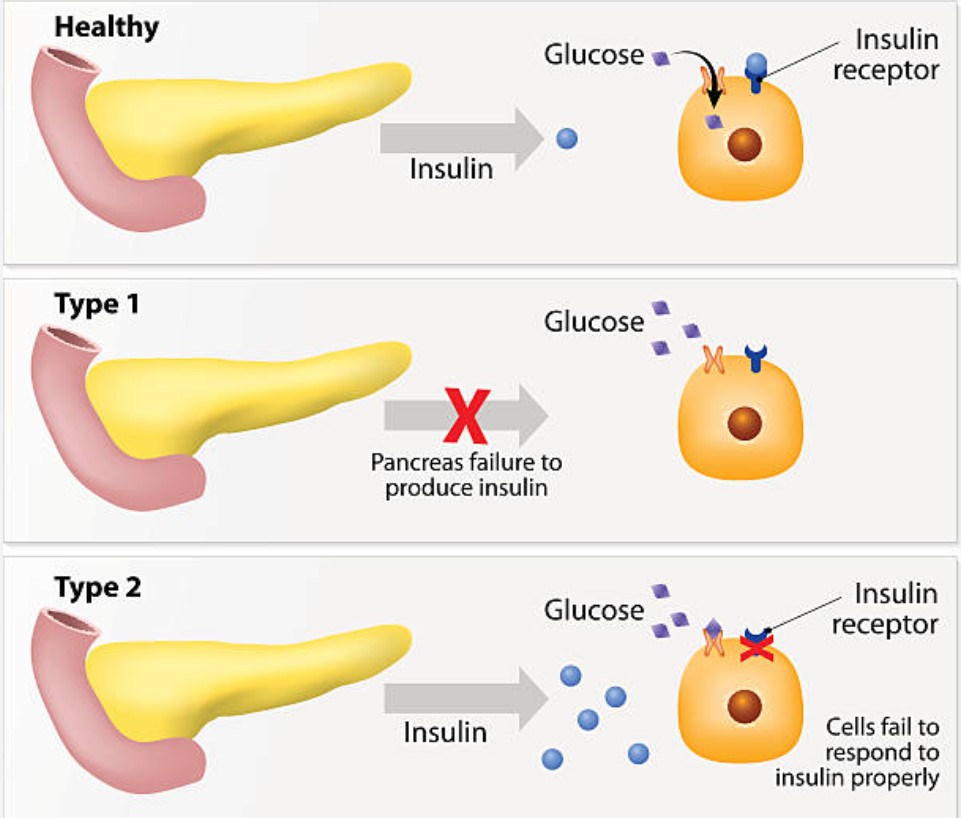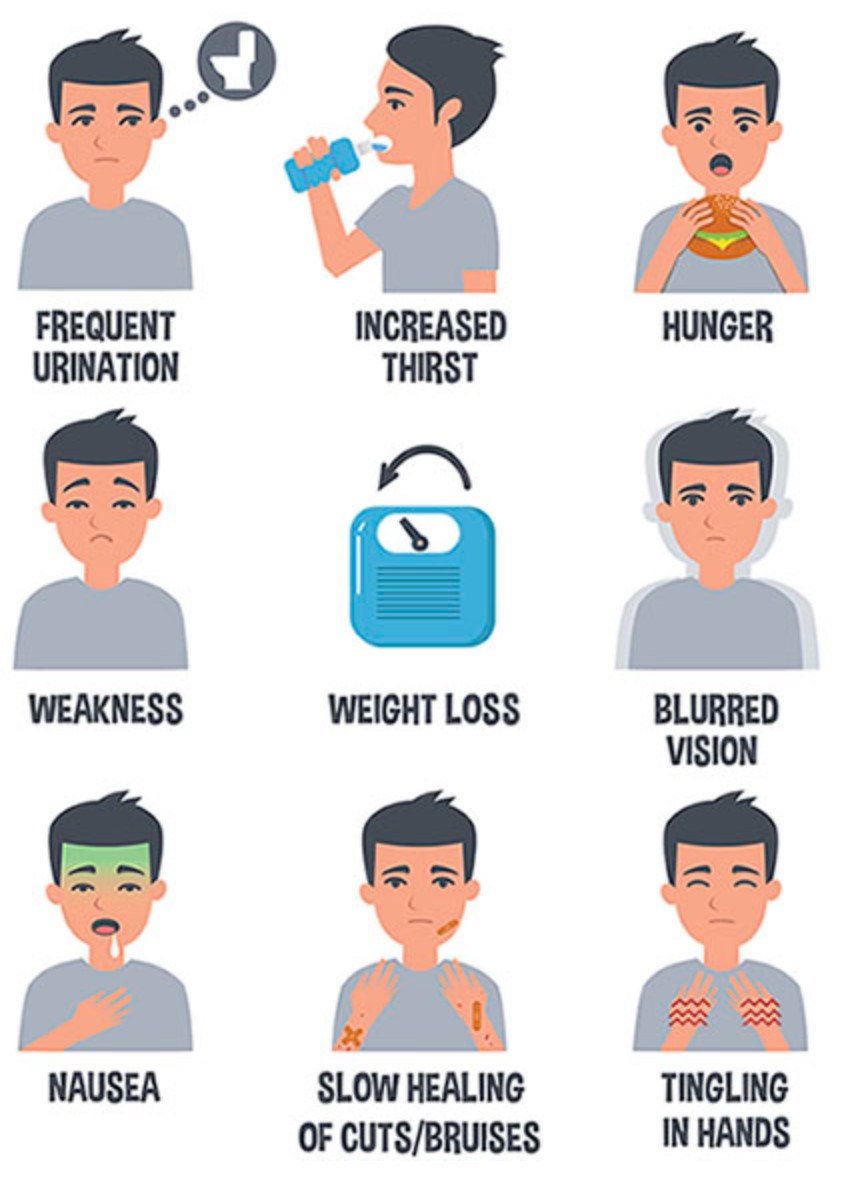What is diabetes mellitus, and why is it essential for Malaysians to understand it in terms of our overall health?
Diabetes Mellitus is a condition in which the glucose content in the bloodstream is higher than usual due to the lack or absence of insulin production from its factory, i.e. the pancreas. There are several types of Diabetes Mellitus, and early diagnosis is crucial for proper treatment and management.
Can you explain the different types of diabetes mellitus and how they differ when it comes to treatment and management?
There are several types of Diabetes Mellitus, including:
- Type 1 Diabetes Mellitus;
- Type 2 Diabetes Mellitus;
- Genetic variants of diabetes or coined as Monogenic Diabetes;
- Disease of the exocrine pancreas (secondary to viral infection, inflammation, and previous trauma); and
- Other rarer forms of diabetes
In the case of Type 1 Diabetes Mellitus and disease of the exocrine pancreas, there is absent insulin production. These patients depend mainly on insulin injection and thus, the role of oral medications is limited.
On the contrary, Type 2 Diabetes Mellitus and monogenic diabetes is a deficiency in insulin production with the presence of insulin resistance. In this instance, there is a huge role of oral medications before the pancreas gets exhausted and patients subsequently may require insulin later.
It is imperative to discern the types of diabetes for appropriate management and treatment. Whenever there is doubt about the diagnosis, an endocrinologist’s opinion should be sought after.

What are the common symptoms of diabetes mellitus, and why is it crucial to detect it early for better health outcomes?
The prevalence of post stroke/vascular dementia is 10-25%. The most significant symptoms of vascular dementia tend to involve speed of thinking and problem-solving rather than memory loss, which happens in Alzheimer disease.
Early detection of diabetes mellitus is crucial to prevent complications affecting target organs.
Key symptoms to watch out for include:
- Heightened thirst;
- Frequent urination;
- Significant weight loss; and
- Multiple infections across the body

How is diabetes mellitus diagnosed, and what can individuals expect during the diagnosis process to alleviate any concerns
For individuals without symptoms, a fasting capillary glucose reading of 5.6 mmol/L and above or a random capillary glucose reading of 7.8 mmol/L and above should raise a flag, prompting further venous glucose testing.
Meanwhile, for those experiencing symptoms, a venous blood glucose test is the ideal approach. If a single fasting venous glucose value is 7.0 mmol/L and above, or a random venous blood glucose reading is 11.1 mmol/L and above, it indicates the presence of diabetes mellitus.
Don’t fret about the diagnostic process; your healthcare provider will readily guide you through it. To visualise the capillary and venous glucose testing procedures, take a glance at Figure 4 for an illustrative representation.


Fig. 4 Capillary blood glucose testing (left) versus venous glucose sampling (right)
by Dr Lim Sue Wen, Consultant Physician & Endocrinologist
Note: Part 2 to be continued next month.

